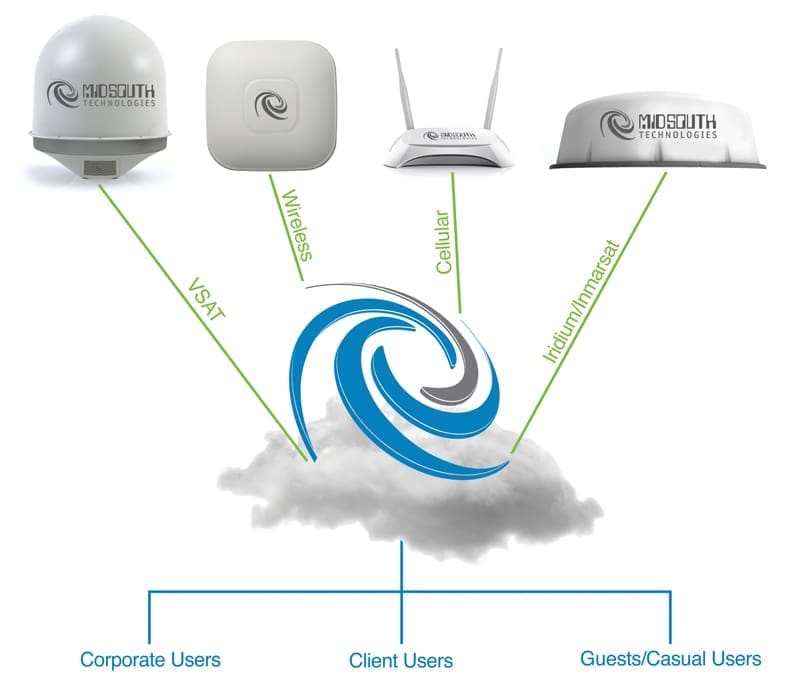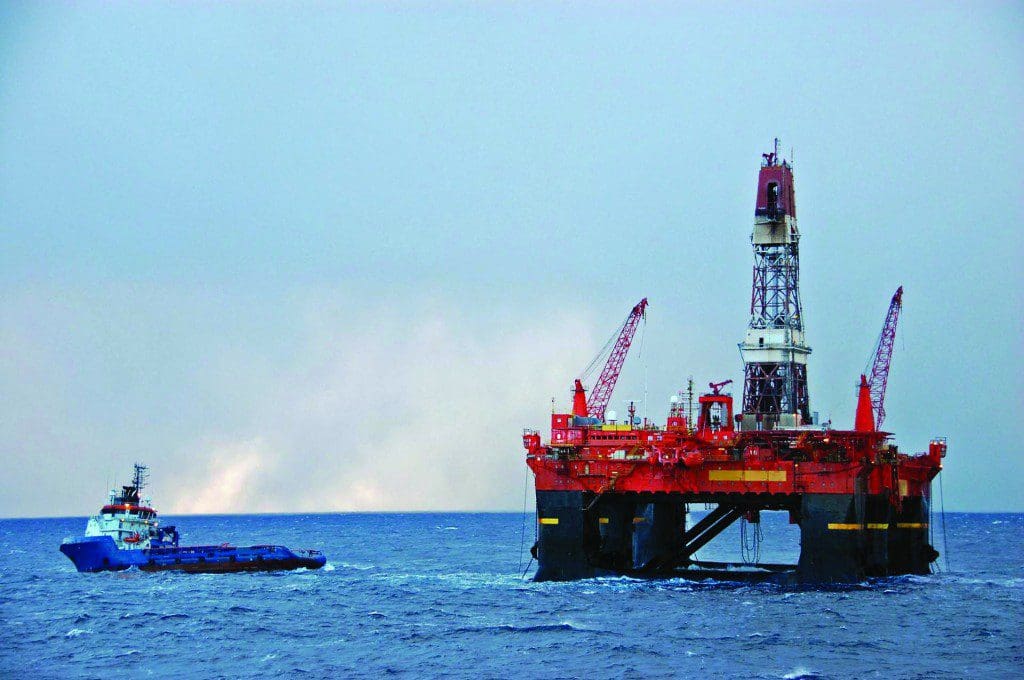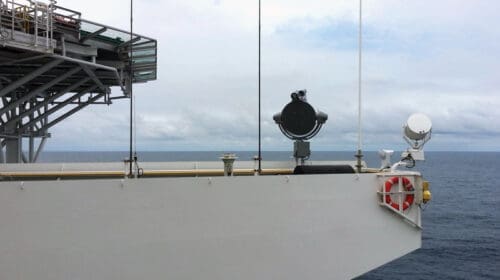Network technology has long been the focus of MidSouth Technologies, a Louisiana-based Technology and Systems Integrator. The company has been specializing in custom solutions for the Marine Oil & Gas industry for over 11 years.
Some of the company’s custom technology solutions have been reducing the operating costs of vessel fleets around the world. These technologies allow the office experience of network, voice, video, and Internet technologies to be seamless in their use.
MidSouth has custom-designed hardware and software solutions to provide the following to their customers:
- Seamless Voice integration – allowing customers a “single number” solution to reach vessels that works worldwide across many different delivery methods.
- Seamless network transition between high-, medium-, and low-speed connection methods, such as cellular, VSAT, wireless, and low earth orbit solutions like Inmarsat and Iridium.
- Content filtering and restrictions to assist in controlling access to sensitive or non-corporate approved sites on each connection.
- Central user and computer management to allow for an audit and control path for end users, preventing unauthorized access to networks.
- Centralized vessel management and tracking systems to report vessel positions to a central hub via the network.
- Bandwidth control of networks and utilization.
MidSouth’s custom solution works by balancing low- and high-cost connection methods for voice and data to increase productivity, reliability, and crew morale. The productivity increase across fleets has been tremendous, allowing company-specific applications to be prioritized higher on more reliable connections to the shore. This result is enabled through their Electronic Link Integration and Aggregation System (E.L.I.A.S.), which seamlessly adjusts connectivity based upon the following:
- Least Cost Route – metered, unmetered or restricted connections to the voice or data network are automatically prioritized in the system to the least cost available route. These technologies include numerous connection methods, such as Dockside Wireless, Cellular, LTE, VSAT, and Low Earth Satellite Systems.
- Usage Restrictions – these are placed on each connection to limit the costly use of bandwidth for unnecessary purposes, such as web surfing for the crew or nonbusiness related needs on each connection available to the system. Crews use a “Captive Portal” authentication system with their own usernames and passwords for tracking and permissions on the network.
- Prioritization – the system prioritizes mission-critical traffic above all other traffic on the network, allowing business to be conducted faster, and to ensure that the critical communications aboard a vessel are carried out.
The following describes a common scenario for a vessel that is equipped with this technology:
A vessel is sitting at the dock connected to a company-wide dockside wireless system via long-range wireless antenna installed aboard. All users are able to surf the Internet and performing leisurely activities of communicating with family and friends as well as conducting business duties as usual.
When the vessel moves away and is inside of inland waterways, a cellular connection is automatically connected to the network to allow system use when away from the dockside wireless. This connection places restrictions on user download and upload speeds to ensure that critical communications can still go through.
Once the vessel moves to deeper water, away from civilization and wireless technologies, the system automatically transfers to the onboard VSAT and enacts the company-wide Internet policies for the vessel. All company operations traffic, such as email and company intranet sites, are prioritized higher than casual Internet usage if this is allowed.
In the event that the VSAT system is down or affected by weather, the system automatically fails over to a lower bandwidth but highly reliable Iridium or Inmarsat connection. All network traffic on board the vessel is switched off, with the exception of critical e-mail and network traffic determined by the company through automatically assigned policies.
In the event that the vessel returns to a lower-cost connection area, all connections are switched back in less than 30 seconds to ensure seamless roaming and access across all connection methods installed on board.









